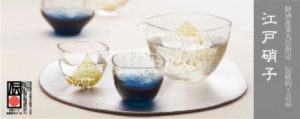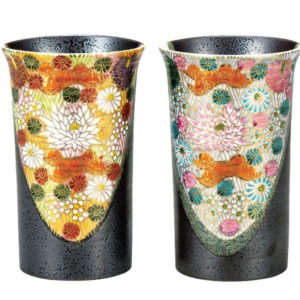What is the secret of Tokoname ware Kyusu Japanese teapot, which boasts the largest share in Japan?
Contents
What is Tokoname ware Kyusu Japanese teapot?
Tokoname ware is a pottery that has been made for a long time mainly in Tokoname City, Aichi Prefecture.
It has a long history, and in the latter half of the Heian period, as many as 3,000 hole kilns, vases and mountain plates were burned.
The ones in the latter half of the Heian period are called "Kotokoname" and are one of the "6 old kilns in Japan" along with Seto, Shigaraki and Echizen.
In the Edo period, burnt pottery and Shudei tea ware were made in clay pipes, and in the Meiji era, mechanization progressed by Western European technology, and products such as shochu bottles, brick tiles, and sanitary ware were made. Was done.
Since then, technological evolution has been seen dramatically, the types and qualities have improved dramatically, and the production value has increased significantly due to mass production until now.
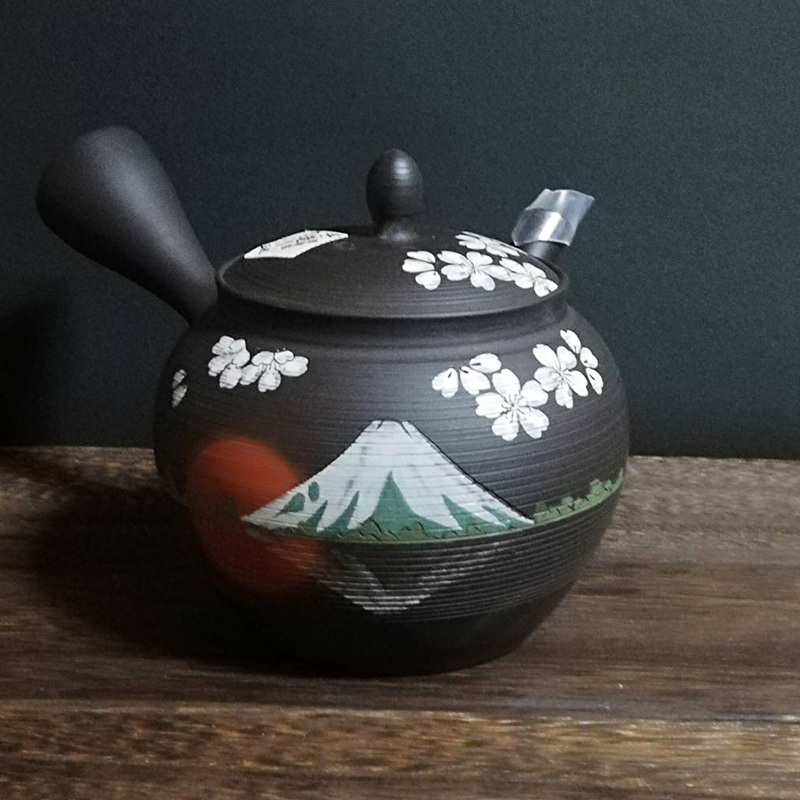
Features of Tokoname ware
Speaking of Tokoname ware, that vermilion.
This is because the iron contained in the raw material or the iron oxide (benigara) mixed in the clay turns red.
And by improving the soil, we have created red mud soil suitable for Kyusu.
This soil has excellent water resistance and does not absorb water, so it is ideal for Kyusu.
In addition, it is basically made without glaze, but recently, by glaze, you can enjoy not only vermilion but also various colors such as ocher, black, brown, and green. I did.
Another feature is that there are many construction and civil engineering related products such as clay pipes and industrial tiles, as well as kyusu and plates.
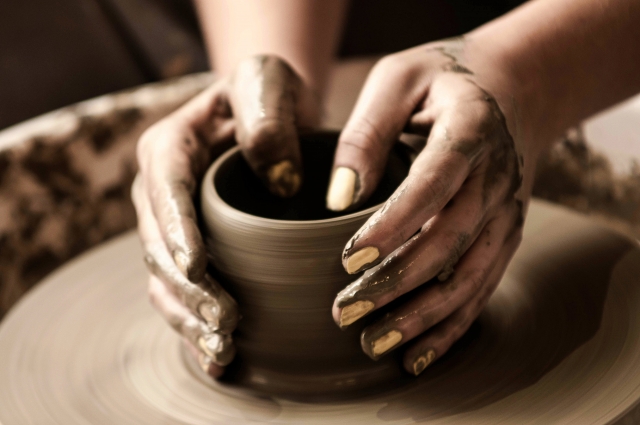
◎ Tokoname ware molding technique
"Rokuro molding": Kyusu, teacups, plates, pots, vases, etc. are molded by electric potter's wheel.
"Oshidori molding": Molds bonsai pots, figurines, etc. using a plaster mold.
"Hand twist molding": Small items such as kyusu, teacups, vases, and figurines are molded with a string-shaped clay about the thickness of a finger using a hand wheel.
"Yoriko molding" … Especially large turtles, jars, pottery bathtubs, and other large items are piled up with string-shaped clay that is about the size of an arm, and the inside and outside are trimmed using hands and spatula.
Tokoname ware Kyusu Japanese teapot
Speaking of Tokoname ware, Kyusu Japanese teapot!
Many people may think of a red kyusu with a smooth surface.
There may be many people at home.
Since it was made from the end of the Edo period and the end of the Edo period, it has a history of about 150 years.
The late Tokoname Tsuneyama has been certified as a Living National Treasure because the Kyusu Japanese teapot of Tokoname ware is an important intangible cultural property and a person who holds the technology.
As you can see from this, Tokoname ware Kyusu Japanese teapot is indispensable for Japanese culture.
When you think of Kyusu Japanese teapot, there are standard shapes that everyone thinks of, but there are not only classic shapes but also modern shapes, and it is said that there are more than 100 types.
The tea made in the Tokoname-yaki Kyusu Japanese teapot is said to be mellow and delicious.
This is because it is said that iron oxide, which is the source of vermilion, reacts with the tannins of tea, and the astringency and bitterness of tea can be removed with just the right amount of salted plum, resulting in a mellow taste.
In addition, Kyusu Japanese teapot, which has been made since ancient times without glaze, is said to be more mellow because it adsorbs extra ingredients contained in tea.
Kyusu Japanese teapot is said to improve the taste of tea by caring for it and using it.
I want to maintain it properly and use it for a long time.
◎ How to care for Tokoname ware Kyusu Japanese teapot
Depending on the shape, even if you use a tea strainer net, dirt, tea leaves, and powder tend to collect at the base of the spout, and if you just wash it with water or rinse it quickly, the dirt may collect.
At the end of the day, wash thoroughly with a brush, drain water, wipe lightly, and then dry thoroughly overnight.

Let's use Tokoname Kyusu Japanese teapot
The act of drinking tea is a casual act in everyday life, but why not try using your favorite Kyusu Japanese teapot?
Kyusu Japanese teapot of Tokoname ware, which is a traditional craft with a long history.
Not only will it be mellow, but it will be a wonderful tea time by feeling the culture.



Author Profile
Latest entries
 matcha bowl / Yunomi tea cup2025年1月21日Kutani ware teacups are very easy to use
matcha bowl / Yunomi tea cup2025年1月21日Kutani ware teacups are very easy to use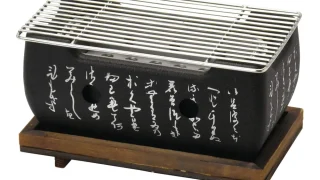 Japanese style BBQ stove grill2025年1月20日Combine a Japanese style BBQ stove grill and sake cups for a special dinner
Japanese style BBQ stove grill2025年1月20日Combine a Japanese style BBQ stove grill and sake cups for a special dinner SAKE bottle and SAKE cup2025年1月17日Mino Ware Gold-painted Sake Ware is Very Beautiful
SAKE bottle and SAKE cup2025年1月17日Mino Ware Gold-painted Sake Ware is Very Beautiful NEWS2025年1月17日Tatami rush grass nap Fluffy Foldable Sleeping Mattress is comfortable
NEWS2025年1月17日Tatami rush grass nap Fluffy Foldable Sleeping Mattress is comfortable

